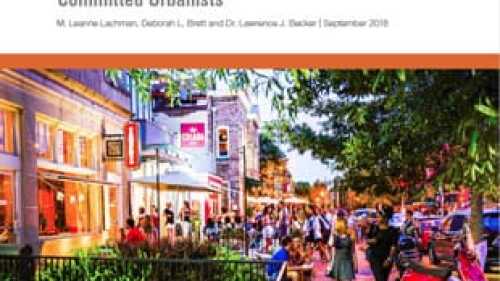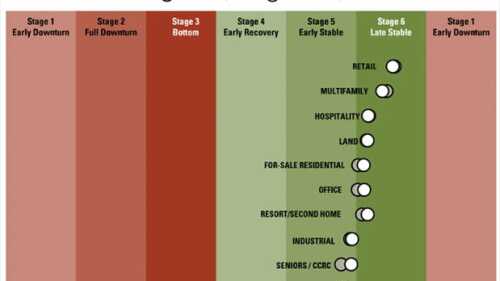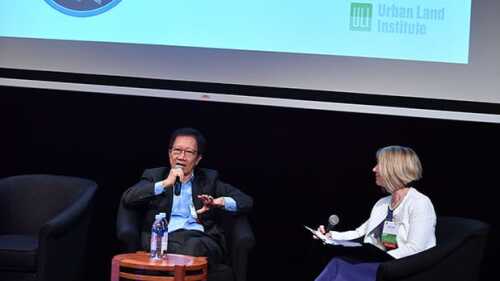Market Trends
Millennials living in the nation’s capital and its close-in suburbs can be characterized as “committed urbanists,” according to a just-released ULI Washington survey. This new study, which updated a 2015 survey, included more households with children—an increase from 12 to 20 percent. Almost half (49 percent) of respondents are married or partnered—up from 39 percent in 2015. Homeownership has increased from 28 to 33 percent. And median income has increased over 11 percent, exceeding the national growth rate.
According to a new report from Cushman & Wakefield, flexibile office space could triple in size in the coming years, representing 5 to 10 percent of office inventory in many markets. Investors also believe coworking is well positioned to weather an economic downturn.
According to a survey by RCLCO, sentiments about the real estate conditions in the U.S. remain at a relatively high level, but slightly below where they were six months ago. Just over one-half (51 percent) of RCLCO’s Mid-Year 2018 Sentiment Survey respondents say U.S. real estate market conditions are moderately or significantly better today than they were 12 months ago, five percentage points lower than in the year-end 2017 survey.
From macro-economic forces to social, environmental, technological, and political disruption, property and the wider built environment are facing change on a scale not seen for decades, said panelists speaking at the 2018 ULI U.K. National Conference in London, including increased migration, ongoing low interest rates, and increased political discord.
With more than $3.6 billion in investment taking place in its downtown alone, Indianapolis has been on the radar of many out-of-state investors. At a recent ULI Indiana event, panelists described the investment appeal of secondary cities.
JLL’s head of research for Asia Pacific chats with the chairman of Global Logistic Properties—and outgoing ULI Asia Pacific chairman.
Companies may be starting to see that squeezing more employees into less space is starting to be counterproductive, but panelists at ULI’s 2018 Spring Meeting agreed that expansive offices were largely a thing of the past, especially with wireless communications and cloud-based applications increasingly allowing employees to get much of their work done off site.
At the 2018 ULI Europe Conference in Berlin, a number of discussions on the future of the retail business looked at the changing shopping center ecosystems and what developers could be doing better.
According to the Wall Street Journal, the median size of a new single-family home declined for the first time since 2009, slipping 2 percent to 2,422 square feet (225 sq m) in 2016. This is only the third time in the last 20 years that it has fallen, according to U.S. Census Bureau data.
U.S. multifamily rents increased in May for the third month in a row, according to Yardi Matrix’s monthly survey of 121 markets, but the rate of growth continues to decelerate. On a year-over-year basis, U.S. monthly rents were up 1.5 percent nationwide in May. The year-over-year growth rate has decreased for 13 straight months since peaking at 5.4 percent in April 2016.





